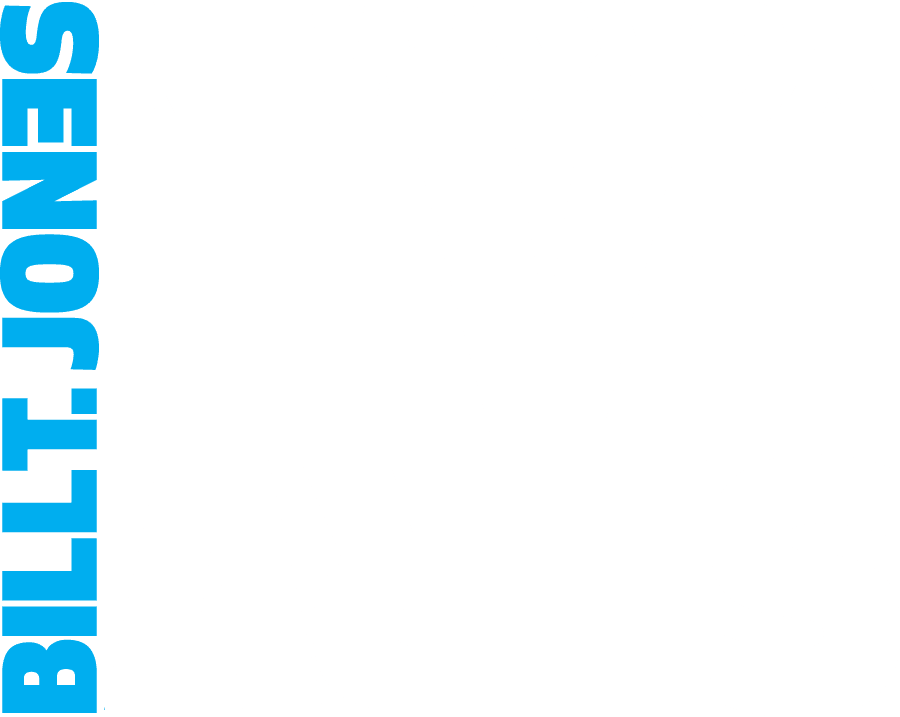Live Ideas: Solos
New York City Premiere
HaRaKa Platform (Various)
Four female performers bring their solo works to NYC for the first time reflecting current realities within the complexity and personalization of political forces on their bodies and craft, and the difficulty of making work in the region. Through movement, comedy, and extraordinary breadth, these works examine ownership of work and legacy, questioning audience members’ commitment and the artist’s desire to quit art altogether, and the challenge of Arab artists working worldwide.
‘Shagarat Mussafira (Traveling Trees)’
by Marie Al Fajr (Paris / Cairo)
Based in Cairo and Paris, French choreographer Marie Al Fajr’s work has always raised questions on the politics of aesthetics and the production of temporalities. Her company’s choreographic investigation challenges our notions of beauty in contemporary dance now, and problematizes ownership of culture(s). Al Fajr Company was founded by Marie Al Fajr to invest in research into Egyptian dance and music, staging works that are rooted in contemporary Arab culture, the classical Arabic language, and the history of Arab-Islamic art. Her productions refuse market generated aesthetics and Western-centric performance codes. Never starting from ethnology or cultural anthropology perspectives, but rather from an embodied living quotidian knowledge, the work of Marie Al Fajr is perhaps ‘intemporary’ – as the artist refers to the creations – rather than ‘contemporary’.
‘SAP: Safe Art Practice’
by Mona Gamil (Egypt)
Poet, dancer, performance maker and digital artist Mona Gamil is an Egyptian-Irish active member of the thriving Egyptian performance and dance scene. Based in Egypt and Ireland, the work of Mona Gamil doesn’t investigate questions of being biracial nor does it speak of intercultural realities. It concretely manifests elements of the complexity of Cairo’s contemporary history, and yet never represents it. ‘Safe Art Practice’ is Mona Gamil’s multi-episode guideline to initiate us all into a new genre, a new practice, where we shall never run out of ideas, where we shall always please the market, where we shall always succeed as artists and satisfy all audiences internationally, without resorting to politics and without shocking anyone – not at all. Mona Gamil’s work has been presented in Egypt, Germany, Sweden, France and Ireland within performance and visual arts contexts.
‘Atlas’
Concept, choreography, performance by Leyya Mona Tawil (Syria/Palestine)
Music concept, performance by Mike Khoury
Weight of the world.
We crack.
Atlas is concerned with the negotiations of burden – who holds what. It teases assumed agreements between performer and audience – using immersive states to press weight upon the room. Atlas is a score of disorientation that places Tawil at the mercy of her own doing. Survivalist. No resolve. Explicit resolve.
‘In-Situ’
Choreography & Performance by Amira Chebli (Tunis)
In-situ is a sombre performance of oscillating movements within a constricted body. The Tunisian choreographer and performer reflects on the constitutive power of the gaze, as she wonders saying: ‘My lips my eyes my legs my smells…all those eyes staring at me, each detail of me’. Amira Chebli proposes belly dance as one of the very last spaces left for a woman to move, to vibrate, to oscillate, to undulate, as she re-members a history of women dancers in the golden age of Arab black and white cinema, seen now through socially policed female bodies.

